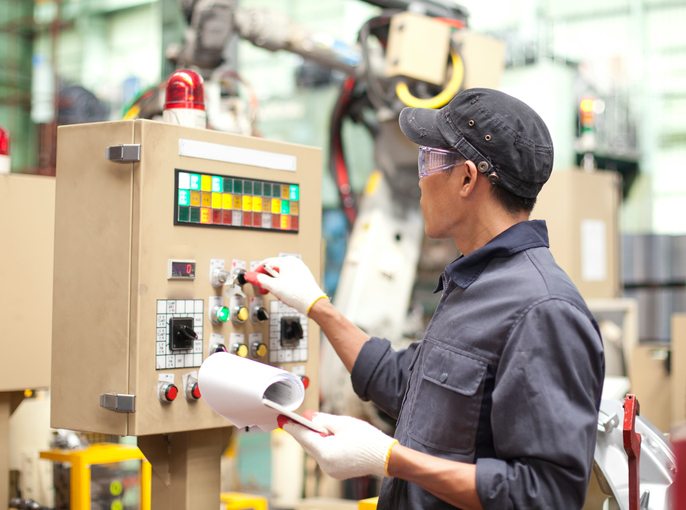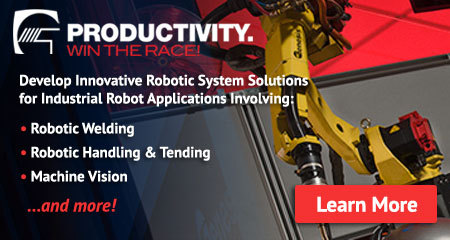The Importance of Robot Safety on Your Factory Floor

Industrial robots have come front and center on the international stage as they’ve become widespread in the industrial sector. As they’ve become more powerful, more advanced and more productive, the need for robot safety has increased.
There are a number of ways manufacturers can introduce safety measures in their automated operations. The type and complexity of these safety measures will vary by the robotic application, but the need for robot safety is the same nonetheless.
Why is Robot Safety So Important for Manufacturers?
When safety protocols aren’t followed, today’s industrial robots can be fatal. They present a danger to workers around them, particularly when employees have to interact with a robot during programming, maintenance, testing, setup or adjustment.
While employee safety is the main concern, robots are just as much a danger to a business’s bottom line as they are to workers. The Occupational Safety and Health Administration (OSHA) levies hefty fines on businesses that don’t protect their workers, and an injured worker leads to expensive downtime.
Improving Robot Safety in Your Factory
The good news is that industrial robot-related incidents are very rare. Between 1987 and 2016, there were only 38 incidents in the U.S. involving industrial robots, according to the U.S. Department of Labor.
The best way to improve robot safety is to ensure every robotic workcell has its own customized safety features. For example, robotic welding applications call for very specific precautions like weld curtains, interlocked perimeter guards and/or pressure-sensitive safety mats.
A material handling robot, for instance, wouldn’t need a weld curtain, but would likely need laser scanners to ensure a human operator can’t get too close to the robot while it’s still on.
Robot safety is extremely important on any factory floor. Every robotic system needs to be assessed individually and should have custom safety features based on the types of dangers inherently present in different robotic applications.
There are plenty of ways to improve robot safety, but it’s important you do so. Not just for your business, but for your employees. As robots advance in power and capabilities, they can also become more dangerous. Your safety protocols need to keep up with the progress of robotic technology.
To learn more about robot safety, read our case study on upgrading safety features on a robotic welding system.
Posted in Robot Safety
